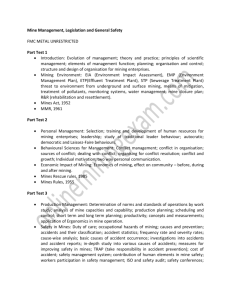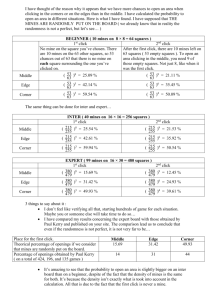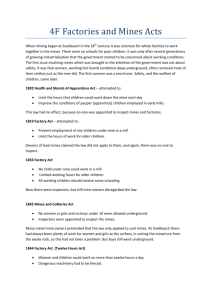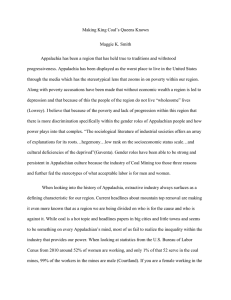Timeline of key reports and Parliamentary Acts
advertisement
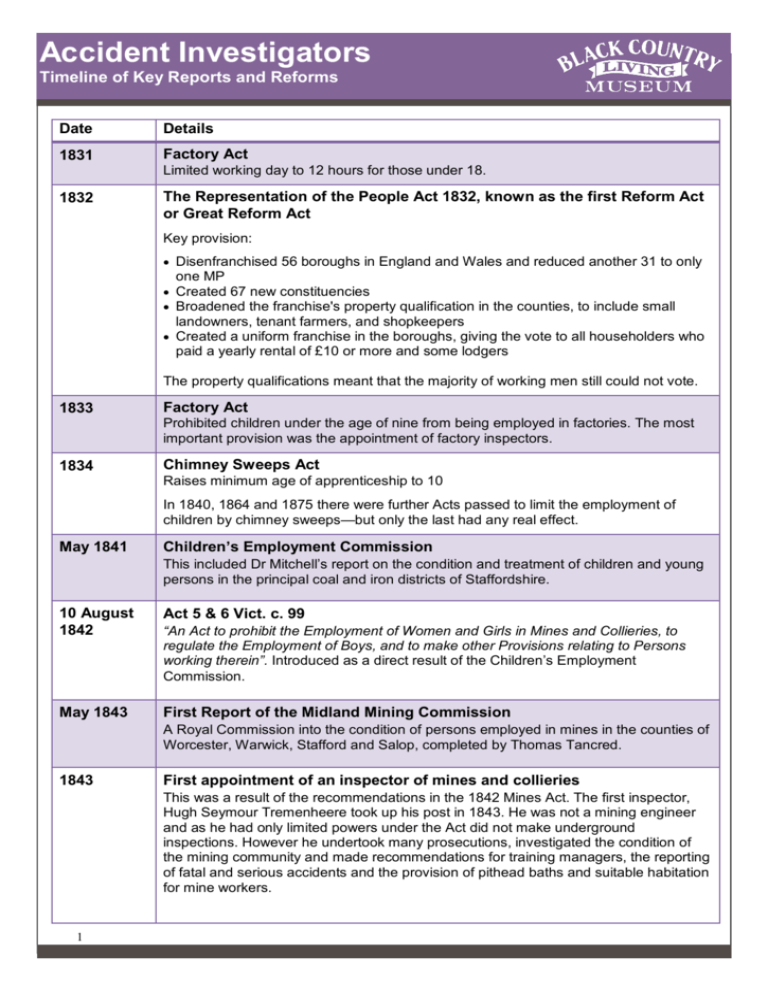
Accident Investigators
Timeline of Key Reports and Reforms
Date
Details
1831
Factory Act
Limited working day to 12 hours for those under 18.
1832
The Representation of the People Act 1832, known as the first Reform Act
or Great Reform Act
Key provision:
Disenfranchised 56 boroughs in England and Wales and reduced another 31 to only
one MP
Created 67 new constituencies
Broadened the franchise's property qualification in the counties, to include small
landowners, tenant farmers, and shopkeepers
Created a uniform franchise in the boroughs, giving the vote to all householders who
paid a yearly rental of £10 or more and some lodgers
The property qualifications meant that the majority of working men still could not vote.
1833
Factory Act
1834
Chimney Sweeps Act
Prohibited children under the age of nine from being employed in factories. The most
important provision was the appointment of factory inspectors.
Raises minimum age of apprenticeship to 10
In 1840, 1864 and 1875 there were further Acts passed to limit the employment of
children by chimney sweeps—but only the last had any real effect.
May 1841
Children’s Employment Commission
This included Dr Mitchell’s report on the condition and treatment of children and young
persons in the principal coal and iron districts of Staffordshire.
10 August
1842
Act 5 & 6 Vict. c. 99
May 1843
First Report of the Midland Mining Commission
“An Act to prohibit the Employment of Women and Girls in Mines and Collieries, to
regulate the Employment of Boys, and to make other Provisions relating to Persons
working therein”. Introduced as a direct result of the Children’s Employment
Commission.
A Royal Commission into the condition of persons employed in mines in the counties of
Worcester, Warwick, Stafford and Salop, completed by Thomas Tancred.
1843
First appointment of an inspector of mines and collieries
This was a result of the recommendations in the 1842 Mines Act. The first inspector,
Hugh Seymour Tremenheere took up his post in 1843. He was not a mining engineer
and as he had only limited powers under the Act did not make underground
inspections. However he undertook many prosecutions, investigated the condition of
the mining community and made recommendations for training managers, the reporting
of fatal and serious accidents and the provision of pithead baths and suitable habitation
for mine workers.
1
Accident Investigators
Timeline of Key Reports and Reforms
Date
Details
1844
Report on the Operation of the Act 5 & 6 Vict. c. 99., and the state of the
population in the Mining Districts
1844
Factories Act
Introduced safety regulation in factories.
1847
Factories Act ('Ten Hours Act')
Established the ten hour day for women and young people aged 13-18.
14 August
1850
An Act for the Inspection of Coal Mines in Great Britain
1851
1851 Census
This detailed more provisions on the appointment of Inspectors, including a
requirement for the Mine owner to produce a map or plan of the mine to be inspected.
The Act also included the requirement for notice of all accidents in mines to be given to
the Secretary of State, including notice of all inquests into deaths from accidents.
Census reveals more than 24,000 boys under 15 working in coalmining.
14th August
1855
An Act to amend the Law for the Inspection of Coal Mines in Great Britain
28 August
1860
An Act for the Regulation and Inspection of Mines.
7 August
1862
An Act to amend the Law relating to Coal Mines
2
This Act was the first to introduce general safety rules. It laid down that two separate
sets of rules would apply to collieries - a set of 7 General Rules to be carried out in
every mine under the Act and new Special Rules to be made "for each colliery by the
owners or agents thereof".
This prohibited boys under the age of 12 from working in mines (unless they had a
certificate of education and school attendance )and stipulated that only males over 18
years of age should have charge of winding engines. An additional 8 general rules
were introduced and the Act also made amendments to the duties of Inspectors
including a requirement to submit an annual report on 1 March to parliament and to
give notice of the opening of new mines and the abandonment of old mines.
This prohibited the use of single shafts from 1 January 1865.





